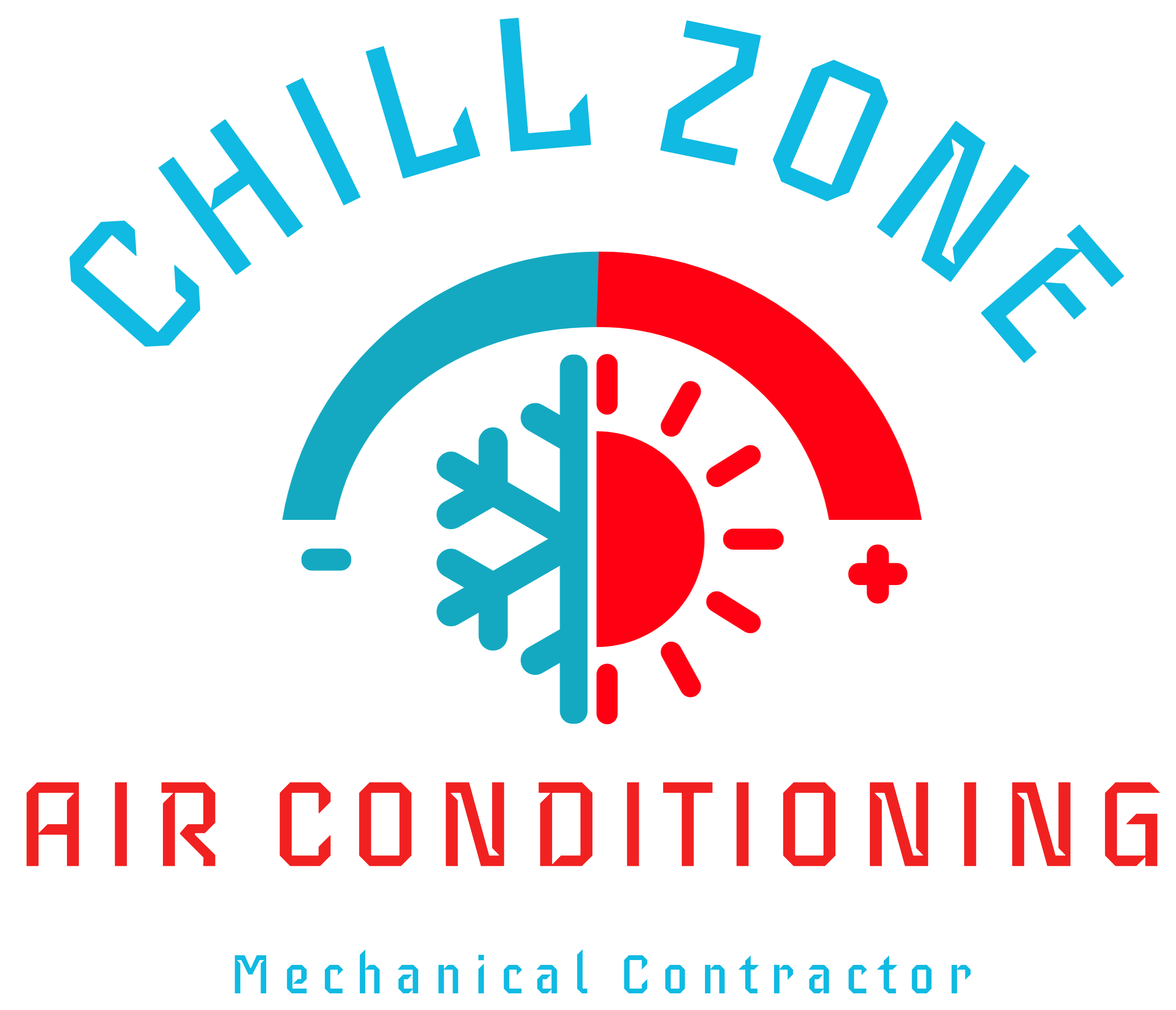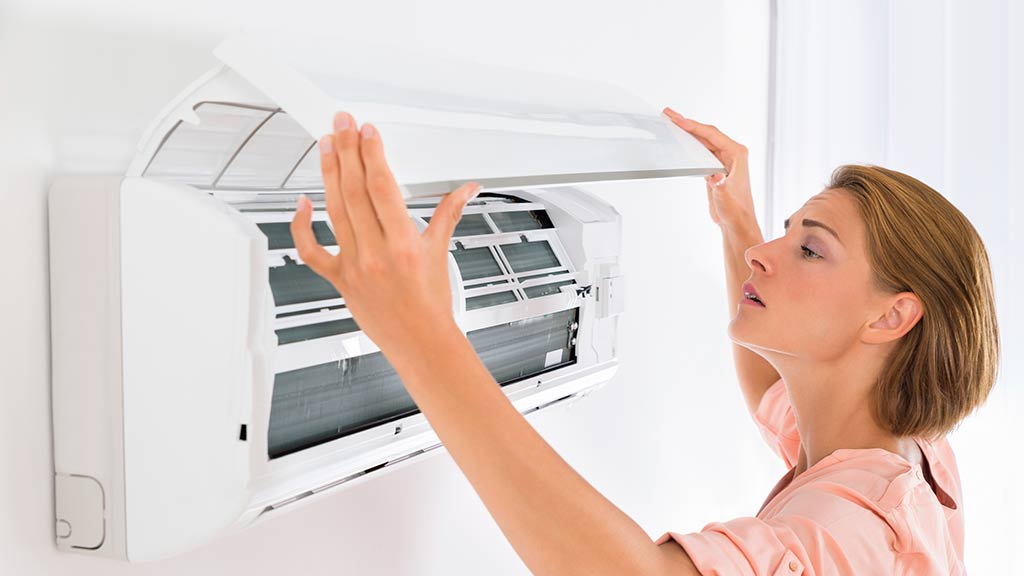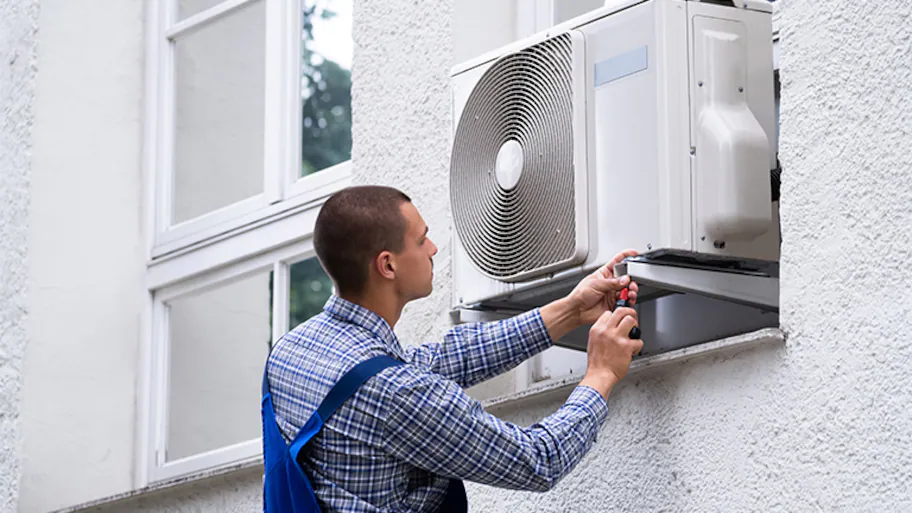In the pursuit of optimal comfort within our indoor spaces, it’s essential to delve into the intricate interplay between humidity control, air quality, and the role of our air conditioning (AC) systems. This comprehensive exploration will unravel the science behind these factors, offering insights into how they influence our well-being and how our AC systems play a pivotal role in maintaining a healthy and comfortable environment.
Understanding Humidity Control:
Humidity, the amount of moisture present in the air, plays a critical role in determining our comfort levels. High humidity can lead to feelings of stickiness and discomfort, while low humidity can cause dryness and irritation. Our AC systems help regulate humidity levels by removing excess moisture from the air through condensation and evaporation processes.
In regions with high humidity, such as coastal areas, AC units often incorporate dehumidification features to reduce moisture levels indoors. This not only enhances comfort but also helps prevent issues like mold growth and structural damage caused by excess humidity.
Conversely, in dry climates or during winter months when indoor air tends to be drier, AC systems may include humidification options to add moisture to the air, improving respiratory health and reducing static electricity buildup.
Air Quality and its Impact:
The quality of the air we breathe indoors has a significant impact on our health and well-being. Poor air quality can exacerbate respiratory issues, trigger allergies, and contribute to a range of health problems. Factors such as dust, pollen, pet dander, volatile organic compounds (VOCs), and airborne pollutants can degrade indoor air quality.
Modern AC systems are equipped with filters and air purification technologies designed to capture and remove contaminants from the air, ensuring a healthier indoor environment. High-efficiency particulate air (HEPA) filters, UV-C germicidal lamps, and electrostatic precipitators are among the tools employed to improve air quality and reduce the presence of allergens and harmful particles.
The Link to Your AC System:
Our AC systems serve as the frontline defense against humidity imbalance and poor air quality, working tirelessly to maintain a comfortable and healthy indoor environment. By understanding the science behind humidity control and air quality management, we can appreciate the crucial role that our AC systems play in creating optimal living conditions.
Regular maintenance of AC units is essential to ensure their continued effectiveness in regulating humidity levels and improving air quality. This includes cleaning or replacing filters, inspecting ductwork for leaks, and scheduling professional tune-ups to identify and address any issues that may compromise performance.
Looking Ahead:
As technology continues to evolve, so too will the capabilities of our AC systems. Emerging trends such as smart home integration, AI-driven optimization, and sustainable innovations are poised to reshape the future of indoor comfort.
Smart thermostats equipped with sensors and algorithms can learn our preferences and adjust temperature and humidity settings accordingly, maximizing comfort while minimizing energy consumption. AI-powered HVAC systems can analyze data in real-time to optimize performance, predict maintenance needs, and enhance efficiency.
Furthermore, sustainable innovations such as geothermal cooling, solar-powered AC units, and eco-friendly refrigerants are paving the way for more environmentally conscious cooling solutions. By harnessing renewable energy sources and reducing carbon emissions, these technologies offer a glimpse into a greener and more sustainable future for air conditioning.
Conclusion:
In the pursuit of comfort within our indoor spaces, understanding the science behind humidity control, air quality management, and the role of our AC systems is paramount. By recognizing the intricate interplay between these factors and embracing emerging technologies and sustainable practices, we can create healthier, more comfortable, and environmentally friendly living environments for generations to come.



